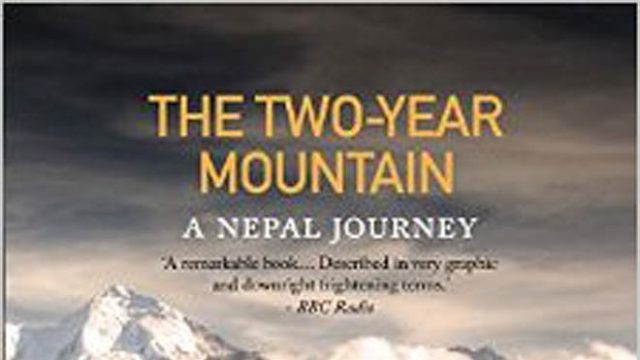First a disclaimer: Phil Deutschle’s delightful memoir of the three years he spent teaching in a small Nepali village, and trekking across the Khumbu region is actually 31 years old. It first came out in 1984, soon after his sojourn in Nepal, between 1977 and 1980. It has been re-issued recently, with an account of Deutschle’s return to the village where he taught a variety of subjects, all these years after he left.
It’s a fascinating book, for a variety of reasons. First of all, it gives an insight into a certain kind of young American in the 70s, whose distinct dislike for the American Way would lead him to traverse the world in search of meaning. Secondly, it is an out-and-out adventure book, charting the author’s ambitious treks and climbs in the high Himalaya. Back in the late 70s, the Everest region was much more remote than it is now, and even the basic gear for amateur climbers was patchy at best. So, for Deutschle to tackle these trails solo was foolhardy, but also adventurous in a way that’s difficult in this day and age of guided treks and ascents.
When he arrived at his village, Deutschle was wonderfully surprised by this new world, but he also suffered from acute homesickness. On top of that, he had to become proficient enough in Nepali to teach. There’s a lot of tenderness with which he describes how he gets used to the villagers, and they to him, and the way he grows into his role as a teacher, ultimately coming to revel in his work. As he immerses himself in the day-to-day matters of his adopted village, he finally stops pining for his American life.
He punctuates this with his treks and climbs, the most difficult of which is a rope-less ascent of the daunting peak of Pachermo. He almost slips and falls to his death during the descent, and this scary experience helps him gain clarity.
The brief passage in the end where he describes his return to the village, 30 years after, is poignant and heartwarming, and lends his narrative a closure that is fitting.




